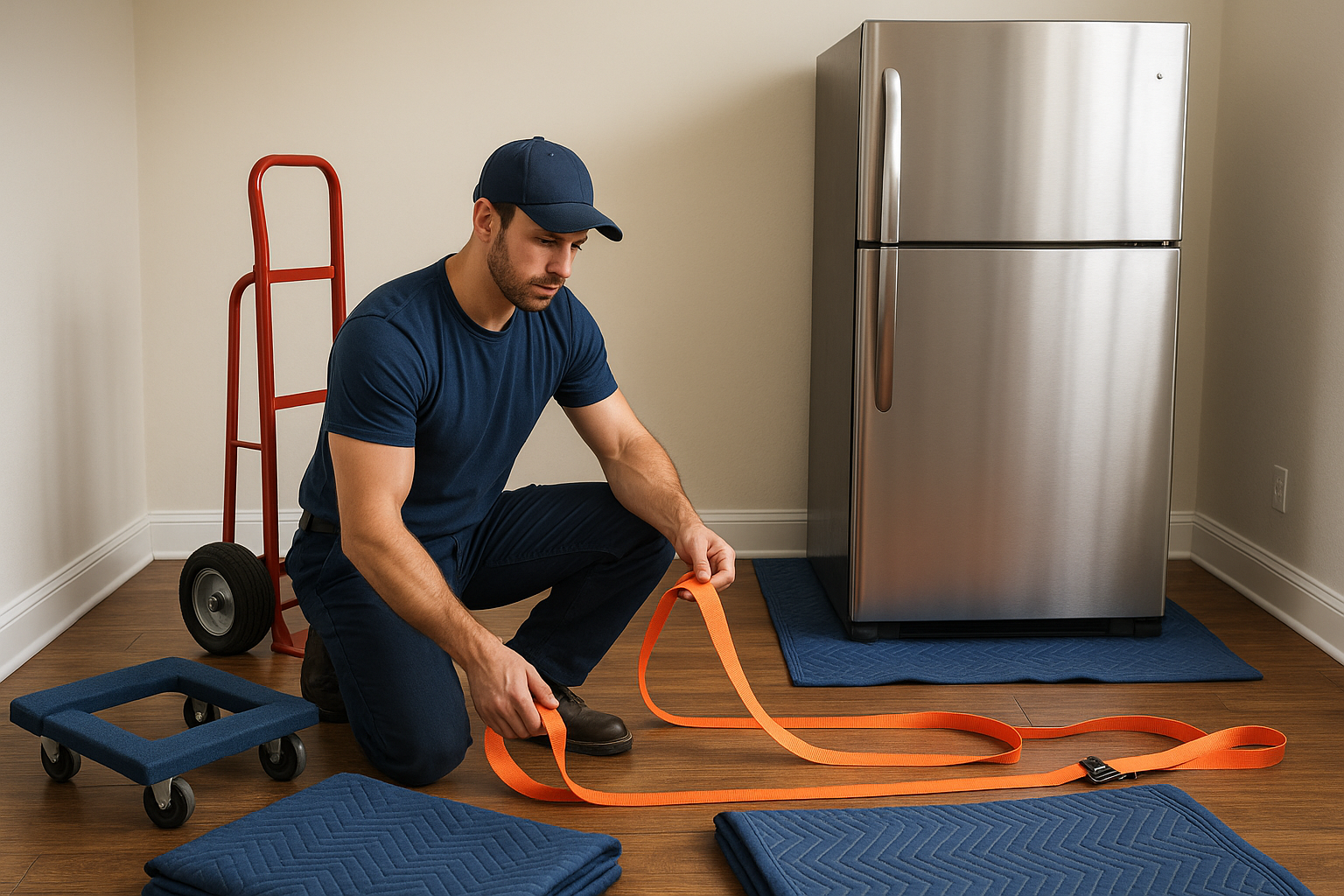How Do I Choose the Right Nail Salon Near Me for Quality and Style?
How Do I Choose the Right Nail Salon Near Me for Quality and Style?

When you search for a nail salon near me, you’re likely looking for more than just a quick polish. A truly great nail salon should feel like a destination where beauty, relaxation, and skill come together.
Whether you want a refreshing pedicure, a detailed manicure, or advanced nail enhancements, finding the right salon makes all the difference. At Uniquely Herrs in Springfield, Missouri, we create an experience designed to help you look and feel your best.
What Makes a Nail Salon Stand Out?
Not every nail salon is created equal. When you’re trying to locate a place that fits your needs, consider more than just convenience. The best nail salon combines atmosphere, skill, and attention to detail. Features that stand out include:
- A welcoming nail bar or spa environment.
- Knowledgeable technicians trained in a variety of treatments.
- A clean and safe space with high-quality equipment.
- A wide menu of services to match your style and mood.
Choosing wisely ensures you’ll get excellent nail care every time.
Services You Should Expect at a Nail Salon Near Me
When visiting a nail salon near me, expect more than basic polish. A top location will offer:
- Pedicures and Manicures: Regular or spa-style to keep your hands and feet healthy.
- Nail Enhancements: Options like gel, acrylic, and dip powder for durable results.
- Polish Change and Extensions: Quick updates or length customization.
- Wax Services and Facials: Add-ons that make your visit complete.
- Massage Treatments: Available by the hour or as part of nail packages to help you rejuvenate.
With so many options, clients can always find the right fit for their needs.
Cleanliness and Safety Always Matter
Every client deserves to feel comfortable knowing their nail salon follows the highest standards. Look for salons that:
- Sterilize and sanitize tools after every use.
- Provide fresh nail care stations with clean equipment.
- Maintain organized front desk operations for smooth scheduling.
These practices aren’t optional. They are a guarantee that you’ll receive safe, reliable, and professional treatment every visit.
Personalized Beauty Experiences
Your nails say a lot about your personality, and a versatile nail salon near me should help you show off your unique style. From natural looks to bold nail enhancements, every customer should have access to:
- Dip powder or gel finishes for durability.
- Polish options in trendy shades that make your nails shine.
- Acrylic or extensions for dramatic length.
- Seasonal trends displayed in a salon gallery to inspire you.
When a salon offers this variety, every visit feels new and exciting.
The Value of Experience
Finding one of the best nail salons isn’t only about location. It’s also about the expertise of the technicians. Experienced staff provide:
- Precise polish application and flawless shaping.
- Guidance on the treatment that’s best for your nail type.
- Confidence that each appointment will be worth your time and price.
At Uniquely Herrs, our years of hands-on experience make us a top rated nail salon near Springfield for anyone who values skill and quality.
Flexible Booking and Accessibility
A top nail salon near me makes scheduling easy. Clients appreciate:
- Online booking for convenience.
- Flexible business hours with evening or weekend appointments.
- Walk-ins welcome when you want spontaneous nail care.
We also provide multiple ways to find us. Whether you prefer to call, send an email, or simply stop by our front desk.
Extra Comforts That Make a Difference
The best salons offer more than just nail treatments, they create a full beauty spa experience. At Uniquely Herrs, we offer:
- Relaxing facials and skin treatments.
- Massage options to pair with your manicure or pedicure.
- Gift cards and a loyalty program for regular clients.
These thoughtful extras add both value and enjoyment to your salon visits.
Book With Uniquely Herrs Today!
If you’re ready to experience one of the best nail salons in the 417 area, visit Uniquely Herrs, located conveniently in Springfield, Missouri. We provide the highest quality nail care, extensions, and nail enhancements, along with relaxing extras like facials, wax treatments, and more.
Marie, our Master Nail Technician, has over 20 years of experience in the beauty industry. She loves helping every client feel confident and beautiful. We proudly serve Springfield, Nixa, Ozark, Republic, Battlefield, and beyond. Call us today at 417-619-4895
Follow us online to explore our gallery of work, stay updated on trends, and take advantage of special offers. With regular visits, gift cards, and our loyalty program, you’ll always feel welcome.
At Uniquely Herrs, we don’t just provide nails. We provide an excellent and memorable beauty experience every single time.

Nail Salon and Eyelash Extensions | Uniquely Herrs
3433 S Campbell Ave Suite L1, Springfield, MO 65807
(417) 619-4895























